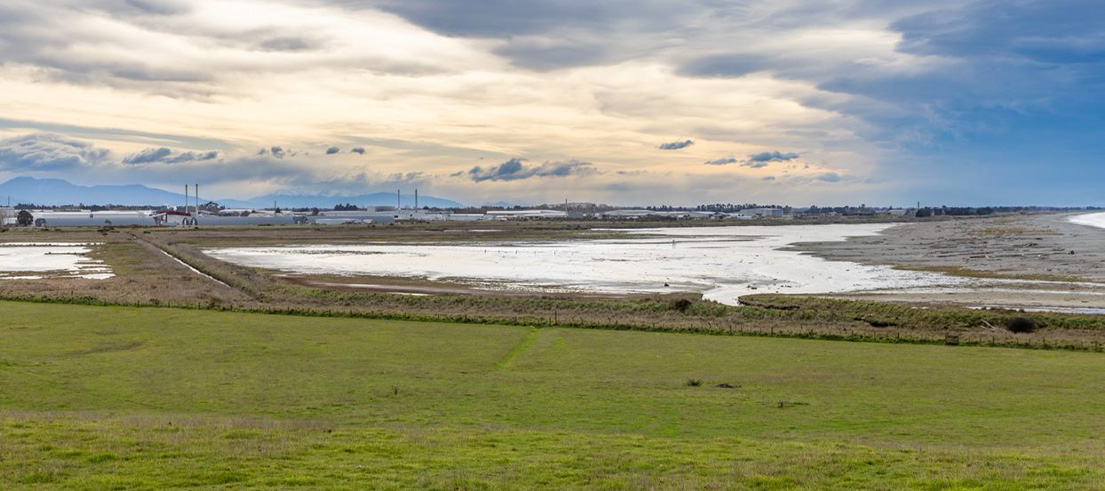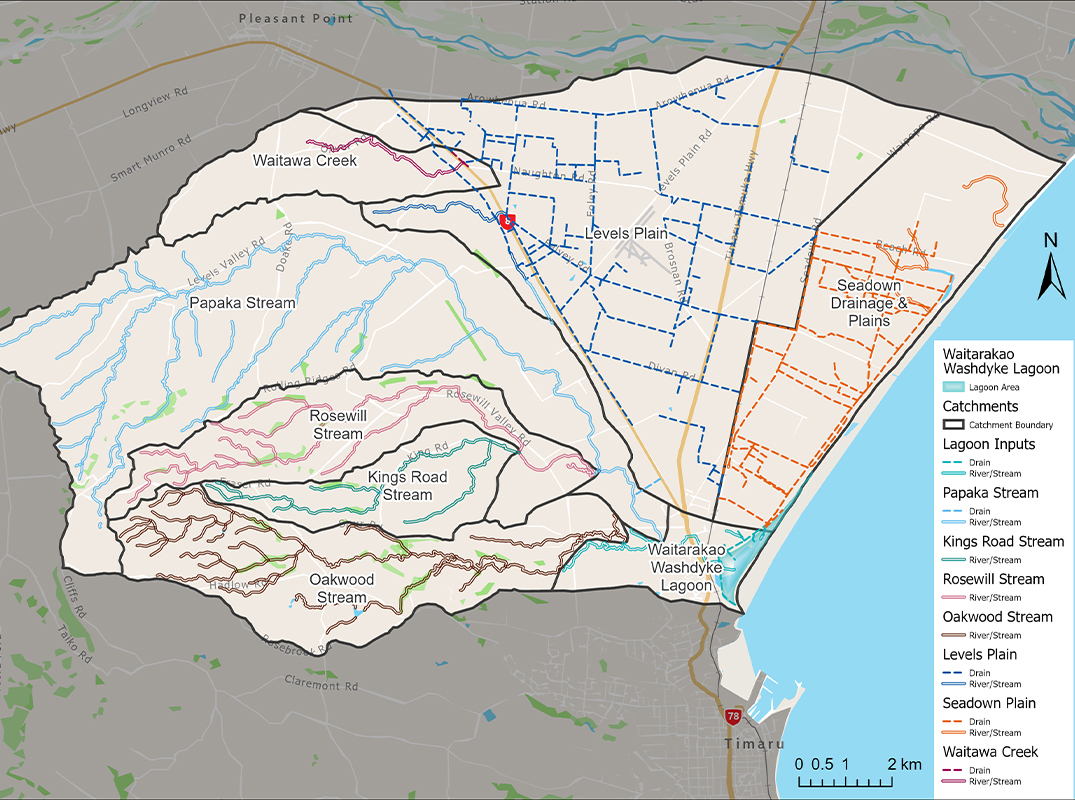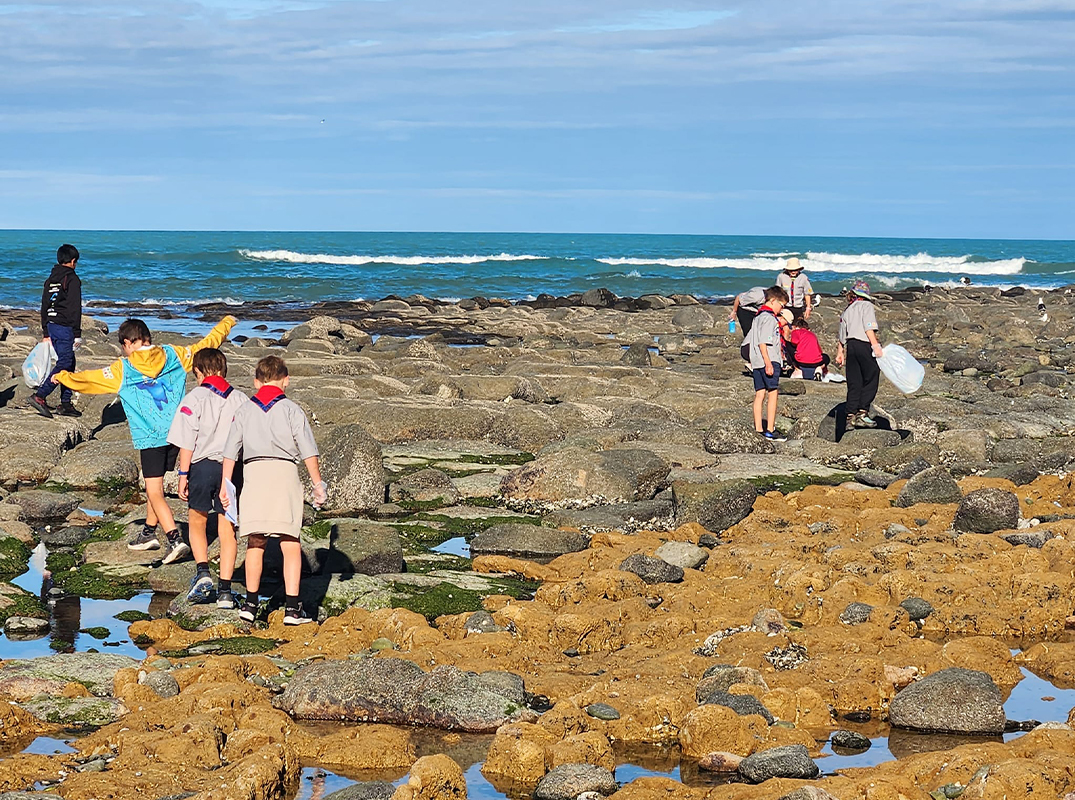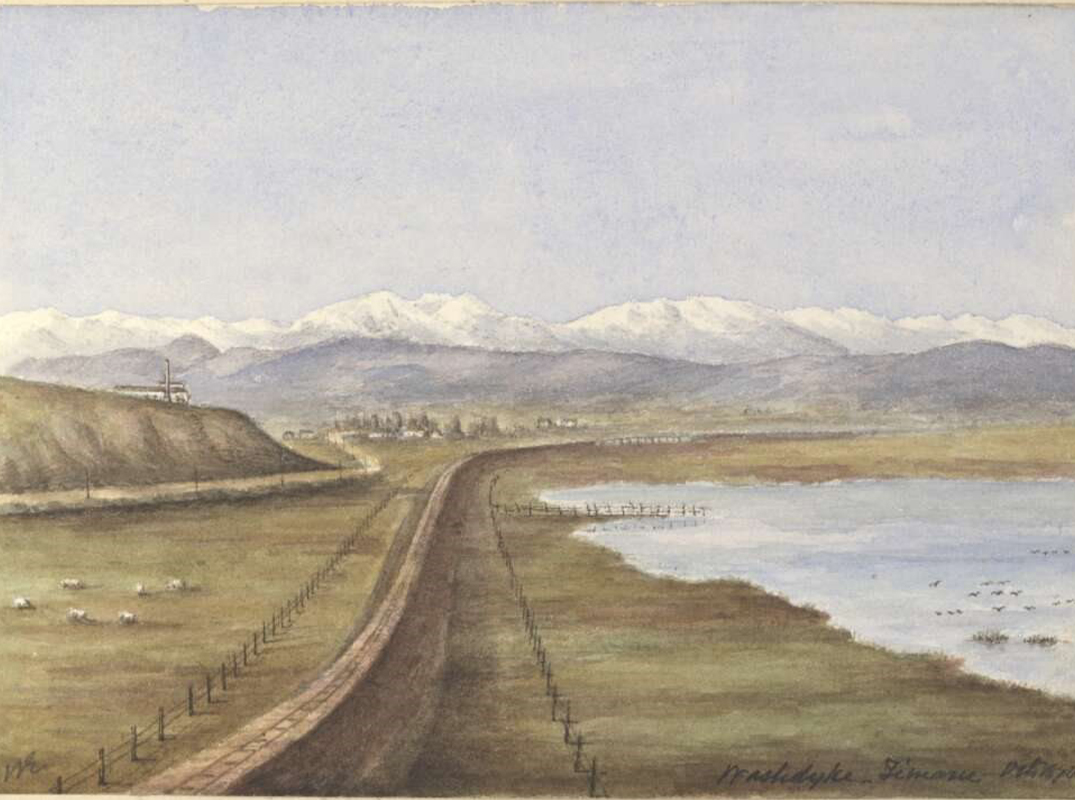
Plan to restore Waitarakao Washdyke Lagoon kicks off
The Timaru community is being encouraged to get involved in a collaborative project to restore Waitarakao Washdyke Lagoon and its surrounding catchment.
'Our Waitarakao' Washdyke Lagoon Catchment strategy is a partnership between Te Rūnanga o Arowhenua, the Department of Conservation, Environment Canterbury, and Timaru District Council to plan for the area's future by addressing problems with water quality, wildlife habitat, flooding, erosion, and the impacts of climate change.
The strategy will be for the whole catchment area, as activity in the wider area impacts the health of the lagoon through the many streams, drains and neighbouring businesses, farms, and properties. There are also emerging issues across the catchment area with flood protection and the impacts of climate change that are likely to be part of the strategy.
Upcoming events and a survey will give the community the opportunity to share their experiences of the lagoon catchment area and allow people to find out more about getting involved in the strategy development process over the next year.
The 'Our Waitarakao' project is guided by a steering group made up of representatives from the four partners.
Te Rūnanga o Arowhenua representative, Michael McMillan, said the project has special significance for mana whenua.
"Waitarakao and the surrounding area is part of our whakapapa.
"We have multiple significant sites in the area that we have lost and the aim of the project is to restore the mauri and the whakapapa of Waitarakao for Arowhenua, Kāti Huirapa, and the community."
Department of Conservation Operations Manager - Raukapuka Geraldine, Tony Preston, said the lagoon is an important part of the local environment.
"Waitarakao Lagoon is one of Aotearoa's earliest gazetted wildlife refuges. As well as being culturally significant, Waitarakao is ecologically important - for example, more than 65 species of birds have been recorded there. But the lagoon is a shadow of its former self. It's in poor shape and needs all of us to work together to restore this precious ecosystem.
"This collaborative project is a great start to see our Waitarakao thriving once again. The community has an important part to play, so please get involved and have your say."
Environment Canterbury General Manager - South Canterbury, Justin McLauchlan, agreed, saying the plan is for everyone in the community.
"For many years the lagoon has been impacted by land use and development, natural hazards, and climate change which have all contributed to a decline in ecosystem health.
"Aside from the ecological problems in the lagoon itself, we also have some big future decisions to plan for around how we collectively approach issues like coastal erosion, stormwater management and seawater inundation in this catchment.
"This is our chance to plan for a better future for this special place - and we want all parts of the community to get involved to ensure we get it right."
Timaru District Council Group Manager, Paul Cooper, encourages locals to be 'champions' for this project.
"Generations of Timaruvians and their whānau have visited and enjoyed the Waitarakao Lagoon. While some works have been undertaken by various agencies to look after this important natural area, there is a need for more concentrated efforts.
"We see the community as being a key partner - we want to encourage community champions to get involved, tell us what matters to them, and join us in creating a roadmap for how we restore this area for future generations."
What's coming up: the strategy process
Over the next year - and with multiple opportunities for input from the community and stakeholders - a strategy will be created for the whole Waitarakao Washdyke catchment that will outline the actions needed to ensure a healthy future for this area. The strategy is intended to cover short-term needs and actions, right through to long-term ideas for change to improve the wellbeing of the next generations.
There are policies and legislation already in place for Waitarakao Washdyke that you may be aware of, such as the Environment Canterbury Land & Water Regional Plan, Timaru District Council bylaws, the Wildlife Act 1953 and Mātaitai bylaws, to name just a few. The strategy will consider existing legislation - and link in with other relevant plans being developed - to identify what else is needed to ensure a better future for the lagoon.
Once the strategy is created and approved, it will be implemented into a non-statutory plan, with functional stages, actions, and requirements for future funding. Information gathered as part of the 'Our Waitarakao' strategy will help inform future local and regional planning processes.
How to get involved
The partners want to hear experiences of Waitarakao Washdyke Lagoon Catchment — past and present - and understand what's important to people for its future.
There are lots of ways to get involved:
Complete a short online survey and share your stories, photos and ideas
Visit ourwaitarakao.co.nz to complete an online survey and share what's important to you at Waitarakao Washdyke.
Come to a community event
Attend the drop-in event at CBay Caroline Bay Trust Aoraki Centre on Tuesday 13 June from 4pm to 7pm, or talk to the team at the Timaru Artisan Farmers Market on 10 and 17 June.
Join the e-newsletter
Head to ourwaitarakao.co.nz. Click on 'stay informed' and enter your email address to subscribe to our updates.
Participate in focused community workshops
Later this year the project team is planning community workshops to discuss more detailed ideas and options that could be part of the strategy. If you are keen to be part of these, email waitarakao@ecan.govt.nz or call 0800 324 636.
Follow the Our Waitarakao Facebook page
Follow the Waitarakao Facebook page to keep up-to-date with the project.
About Waitarakao Washdyke Lagoon Catchment
Waitarakao Washdyke Lagoon is a shallow, coastal lagoon north of Timaru on Kā Poupou-a-Rakihouia, the South Canterbury coastline.
It is a nationally significant wildlife sanctuary and refuge for birds, plants, and fish. The rocky reef of the lagoon was made from lava flow which turned to basalt after Mt Horrible erupted about 2 million years ago.
The sheltered lagoon environment was a vital food source for mana whenua and the wider Ngāi Tahu iwi, who often stopped in the area while travelling from Wairewa/Lake Forsyth to further south along the coast. It is still regarded as an important mahika kai source.
The lagoon and wetland area was historically much larger than what it is today - in fact, it's estimated that it has reduced in size by 90 per cent.
The ongoing impacts of land use and natural hazards in the catchment have prompted the initiation of the Our Waitarakao Washdyke Lagoon Catchment strategy to collectively take action to make a plan to restore the health of the lagoon and catchment and adapt to future change.
For more information or to take part in the community survey visit ourwaitarakao.co.nz.



